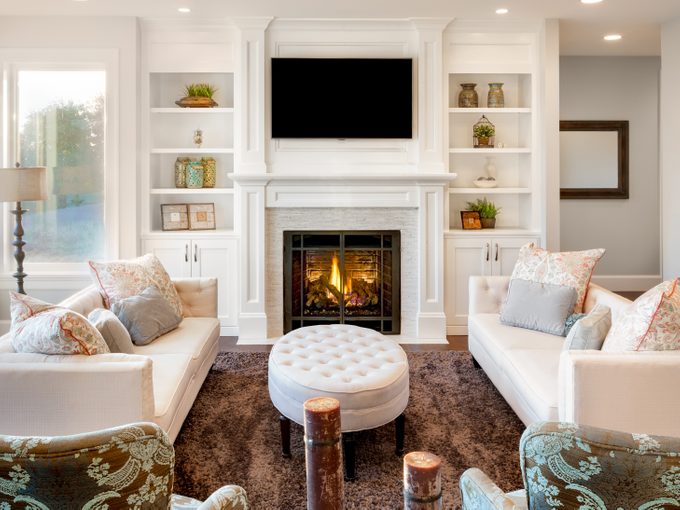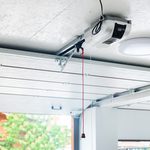What You Need to Know Before Buying a New Fireplace
On the market for a new fireplace? Here’s the inside scoop on how to select the perfect model for your home’s needs.

- Decide on the fireplace’s main purpose.
Is it heat-efficiency, aesthetics or a combination of both? By communicating this information to the fireplace sales person, your options will narrow and your selection process will become much easier. - Don’t buy a fireplace with the intention of heating more than one room.
Trying to save on heating costs in this way will result in an overheated main room, forcing you to keep the gas fireplace off much of the time. - If you’re looking for heating efficiency, consider a thermostat-controlled, self-modulated fireplace.
This way, the fireplace will automatically turn up and down while regulating the room to the temperature you desire. - Research the fireplace trim options to determine which would best suit your décor.
Once you’ve decided on a specific fireplace insert, ask the sales person to review the trim designs that are available. Often the brochure will feature options not seen in the showroom, and you’ll surely find something that blends seamlessly with your existing decorating style. - View the fireplace while the flames are inactive-not just when they are turned on.
Since the fireplace won’t be running 24 hours a day all year long, it’s important that you are sure you like how the unit looks when it’s not fired up. - Avoid choosing a heating insert that relies on a fan to push the hot air out into the room.
The best fireplaces are efficient without a fan. Using one does help with circulation, but will only marginally improve the heat output and there will always be some noise. If you do have a fan, make sure you have a separate control for it so you can turn it up, down, or off, as needed. - When choosing a decorative log set, choose one that easily fits into the fireplace area and leaves some breathing room.
Having ample space around the log set looks better and ensures that the valve will not overheat. - Determine how you want to operate your gas fireplace.
There are a number of options available, including wall switches, remote controls and thermostats. You can also operate many fireplaces manually. - If a gas fireplace is not an option, consider an electric fireplace.
Electric fireplaces are now available in a variety of sizes and styles with lots of different trim options. They require no venting, so you can install them anywhere in the home. - Find a fireplace retailer who will arrange to have a licensed and insured HVAC contractor take care of the installation.
How the fireplace is installed can impact its overall efficiency operation and durability.

For more advice on fireplaces, visit Casa Guru-The smartest way to find licensed and insured house experts-from home stagers to contractors to home inspectors.
Originally Published: November 18, 2015



